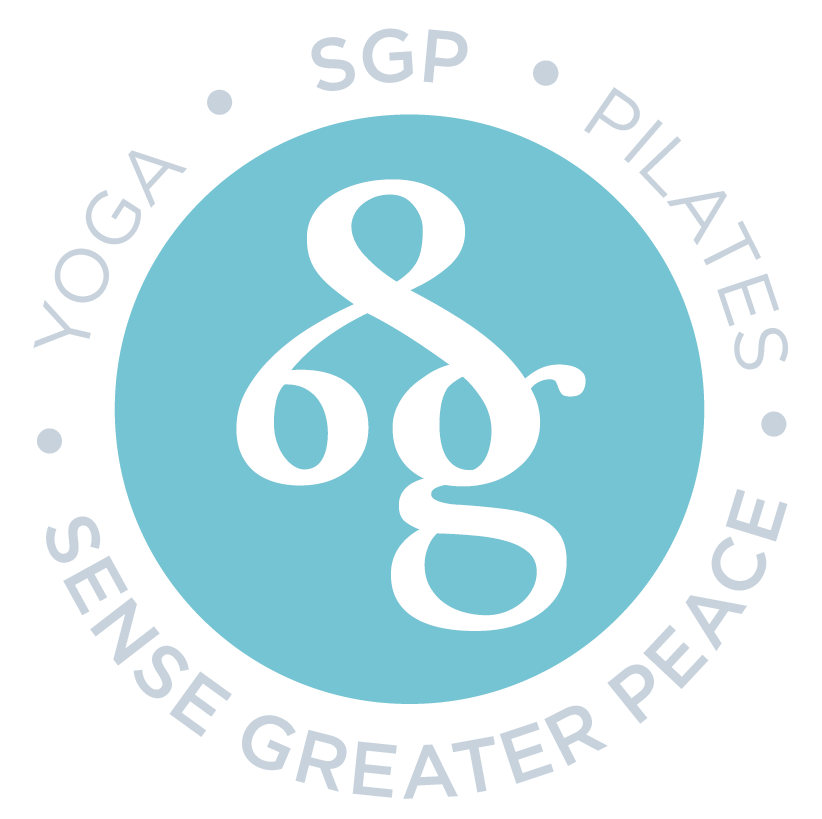Simple Practices to Ease Overwhelm and Exhaustion
Breath Meditation
When overwhelm builds or exhaustion lingers, it’s often our nervous system that needs care. The vagus nerve, the body’s main “rest and restore” pathway, helps us shift out of stress and into calm.
Supporting it can lower anxiety, ease tension, and remind us that we are safe and held.
The good news is that even a few minutes of practice can make a real difference.
Why the Vagus Nerve Matters
The vagus nerve is the longest cranial nerve in the body, linking the brain with the heart, lungs, and digestive system.
When it is soothed, it sends signals of safety through the whole system:
The breath deepens
The heart rate steadies
Digestion improves
The mind feels clearer and calmer
In essence, it is the body’s natural reset switch.
Humming and the Breath
One of the simplest ways to support the vagus nerve is through humming. The vibration of sound stimulates the nerve as it passes through the throat and chest, while the longer exhale signals calm to the body.
There’s also a chemical effect: humming increases nitric oxide in the sinuses — up to fifteen times more than quiet breathing. Nitric oxide opens the airways, supports circulation, reduces inflammation, and helps the body use oxygen more efficiently.
So each hum not only soothes the mind but nourishes the body on a cellular level.
Try this:
Sit comfortably, hand on heart, hand on belly.
Inhale through the nose for a count of four.
Exhale for a count of six with a gentle hum.
Continue for 4–6 rounds.
Pause and notice how you feel.
If humming feels too strong, you can stay with the silent extended exhale instead.
2. Eye Movements
The vagus nerve connects closely with the eyes. Moving the eyes gently, while keeping the head still, can help bring the nervous system into balance.
Try this:
Sit comfortably, keeping your head and neck completely still.
Move only your eyes to the right. Hold for 20–30 seconds while breathing softly.
Return to centre and pause.
Repeat on the left side.
Notice if your body naturally sighs, swallows, or yawns, all signs of release.
You can repeat once more to each side, always moving with ease and comfort.
3. Gentle Stroking
Touch can be another way to settle the vagus nerve. A light downward stroke along the side of the neck signals safety and can soothe tension.
Try this:
Place two fingers just below the ear, to the side of your neck.
Gently stroke downwards toward the collarbone.
Repeat 3–5 times, then change sides.
Keep your touch light, as though you are calming yourself.
4. A 3-Minute Reset
f you only have a few minutes, you can combine these practices into a simple sequence:
Place one hand on your heart, one on your belly.
Inhale for 4, exhale for 6 with a soft hum (3–4 rounds).
Rest and move your eyes gently side to side (right, then left).
Finish with a few gentle strokes down the sides of the neck.
This short reset can quickly calm the mind, ease the body, and invite you back to balance.
In moments of overwhelm, it is not about doing more, it is about finding small, kind ways to soothe the nervous system.
The vagus nerve gives us a direct pathway to peace.
Which of these practices — humming, eye movements, or gentle stroking — feels most natural and supportive for me today?
With much love,
Sue Dawson
Sense Greater Peace

